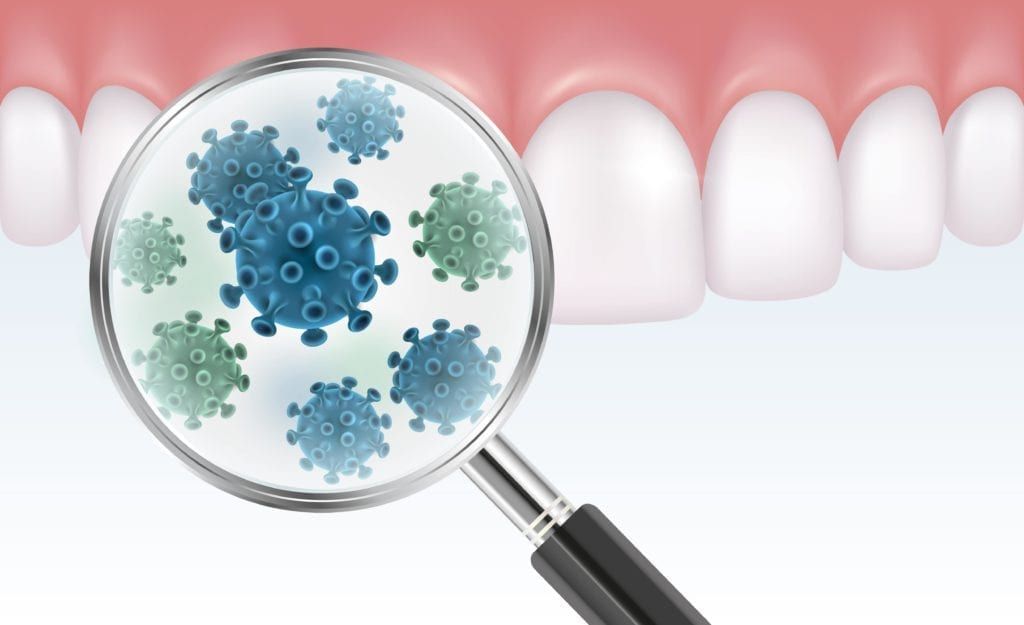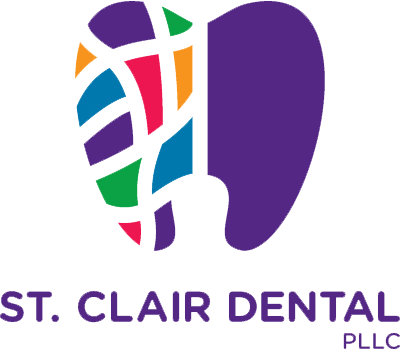It is an unfortunate fact that America has a major problem with tooth decay. In fact, the National Institute of Dental and Craniofacial Research (NIDCR) found that 92% of adults aged 20-64 have had at least one cavity. They also found that Americans have an average of three decayed teeth per person. With such high numbers associated with tooth decay, we must ask ourselves how do cavities form in the first place?
For starters, cavities can form anywhere on the teeth. However, they commonly form in areas like molars that have textured pits and fissures, as well as on the tooth roots that are lacking the protective enamel. Once a cavity has started to form, it will continue to progress unless treated. If a cavity becomes deep enough to reach the innermost layer of the tooth, then it can cause a pulp infection requiring a root canal.
However, cavities don’t simply arise out of nowhere. In fact, there are a few key elements that must be present to allow a cavity to form. Here are the top 3 things that can contribute to the formation of a cavity:
Bacteria

Your mouth contains naturally occurring bacteria called streptococcus mutans. This bacteria feeds off the same foods you eat and then produces an acidic waste product that can damage tooth enamel. In a healthy mouth, saliva is used to neutralize the acids produced by bacteria in order to minimize the damage. However, if bacterial populations increase, then they produce more acid than your saliva can neutralize. In these cases, the acid begins to eat away at your tooth enamel, which can eventually lead to a cavity.
Sugar
As mentioned above, bacteria feed off the foods you eat in order to produce waste. The primary food source of this particular bacteria is sugar. The more sugar consumed, the more bacteria it feeds, and the larger the bacteria population will get. There are different types of sugars bacteria can feed on. Glucose, fructose, and lactose are converted into lactic acid, while sucrose is converted into a sticky film that forms plaque. Simply stated, more sugar means more bacteria, which means more harmful waste. When your teeth are constantly exposed to high levels of acid, this will weaken the enamel and make it easier for a cavity to form.
Plaque
Dental plaque is a clear, sticky film found throughout the mouth that sits on the surface of the teeth. Because it is sticky, it holds bacteria in place and can also accumulate food particles for the bacteria to feed on. For these two reasons, plaque is considered to be an ideal environment for bacteria to thrive. In most cases, cavities tend to form in areas where plaque has continued to accumulate without being disturbed. This is because plaque provides a safe environment with an abundance of food for bacteria. Over time, if plaque is not removed, then it will harden into tartar, or calculus. Tartar can only be removed by your dentist using special tools.

Maureen Karl, DDS, FAGD graduated in 2004, obtaining her DDS degree from the University of Buffalo School of Dental Medicine. She completed a general dentistry Residency at the Castle Point VA. This residency provided her with continued training in general dentistry including extractions, crowns, root canals, and the treatment of periodontal disease. Dr. Karl is a member of the Fort Worth District Dental Society, Academy of General Dentistry, and the American Dental Association. She is committed to furthering her education to better serve her patients.
